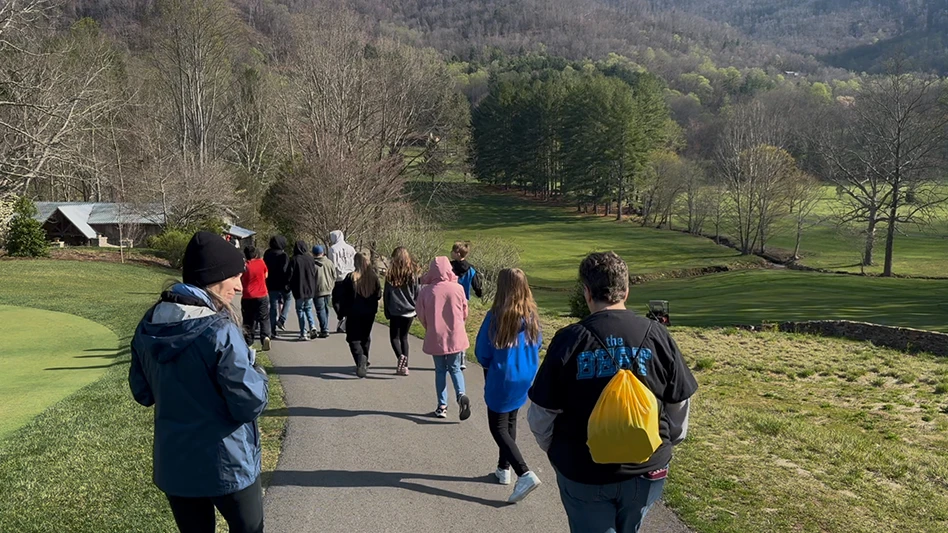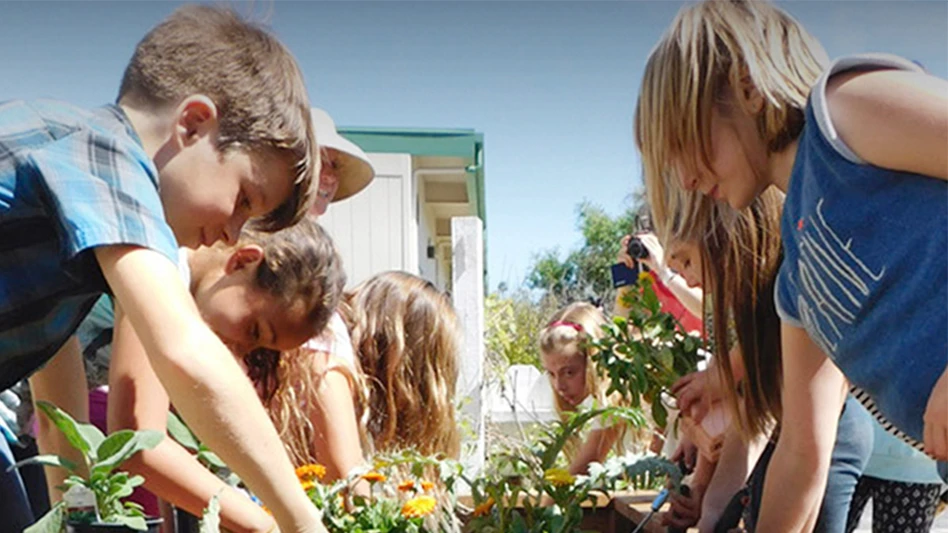Rakes in the bunker. Rakes out of the bunker. No lip. Two- inch lip. Four- inch lip. Firm sand. Fluffy sand. Smooth sand. Sand with ridges. One can argue the intricacies of whether bunkers should be treated more like a hazard or a playing surface. And we all know maintenance practices vary throughout the world and from facility to facility, but there is little doubt that the appearance and playability of bunkers is a critical part of the maintenance of the majority of American golf courses.
Dellwood Hills Golf Club is a 40-year-old, private 18-hole club located 20 minutes northeast of the Twin Cities. The club is a full-service country club but has been a players’ club historically. The course has a rating of 74.2 and a slope of 141 with water and out-of bounds coming into play on 15 of the 18 holes. Although we only have 36 bunkers and the character of the club is more of a native, natural look, the membership values a sharp-looking bunker.
Our process for keeping our bunkers looking good starts with creating a crisp edge. What we have found works best for Dellwood Hills Golf Club is to remove as little turf and soil from around the edge of the bunker as possible. A Red Max reciprocating edger and a skilled employee are the first two key necessities. The edger is held with the blades running vertical, removing enough to create a clean edge. The edger makes a quick horizontal undercut around the entire area that was trimmed and cleanup starts. The spoils and loose soil are picked up using rakes and a grain shovel.
Once the sand is in place we use the bunker rake to completely smooth the surface. Our bunkers do not have liners in them so any stones that surface are removed at this time. The landscape rakes are exchanged for bunker rakes and we check to make sure a 2-inch lip is left around the bunker. The area the mechanical rake does not get – for example, along the edge – is leveled and blended into the interior of the bunker.
Once you have your bunkers looking good how do you maintain them throughout the season? One of my former assistants put into place a system that has worked very well for us. We were having a problem with wear patterns showing up in our greens surrounds from mowing with a large area rotary and needed to come up with a better alternative. We started to use hand rotaries with a basket and weedwhips once a week or once every other depending on the weather. We increase our frequency of mowing as soil temperatures and soil moisture increase. On averager, it takes three guys about four to five hours every other week, which is a couple hours longer than raking bunkers alone.
The hand rotaries mow two laps around each bunker. They mow all the rough height turf between the bunker and the intermediate cut of rough. A weedwhip is used to get the small strip of grass that is left along the edge of the bunker. After this, the weedwhip is run inside the bunker along the vertical edge, in a similar fashion as the edger. Any remaining Kentucky bluegrass runners or weeds are pulled by hand. The clippings that make their way into the bunker are blown out and the bunker is mechanically raked and the edges are raked by hand.
Whether your course views bunkers as a true hazard or as another playing surface, to me, it is crucial to establish a standard of maintenance with your players that they will accept and can work within your budget. This process has allowed us to edge once a year, requires a small amount of upkeep and our members are very happy with their appearance.
Eric Peterson is the superintendent at Dellwood Hills Golf Club in Dellwood, Minn.

Explore the July 2010 Issue
Check out more from this issue and find your next story to read.
Latest from Golf Course Industry
- The Aquatrols Company hires marketing manager
- Renovating Bredemus in West Texas
- Renovation starts at Okatie Creek GC at Sun City Hilton Head
- The Fittest Podcast in Turf: Episode 1
- New 6-hole course debuts in Oklahoma
- GCSAA announces Grassroots Ambassador Leadership Award recipients
- Reel Turf Techs: David Gummo
- PBI-Gordon promotes two to executive level





